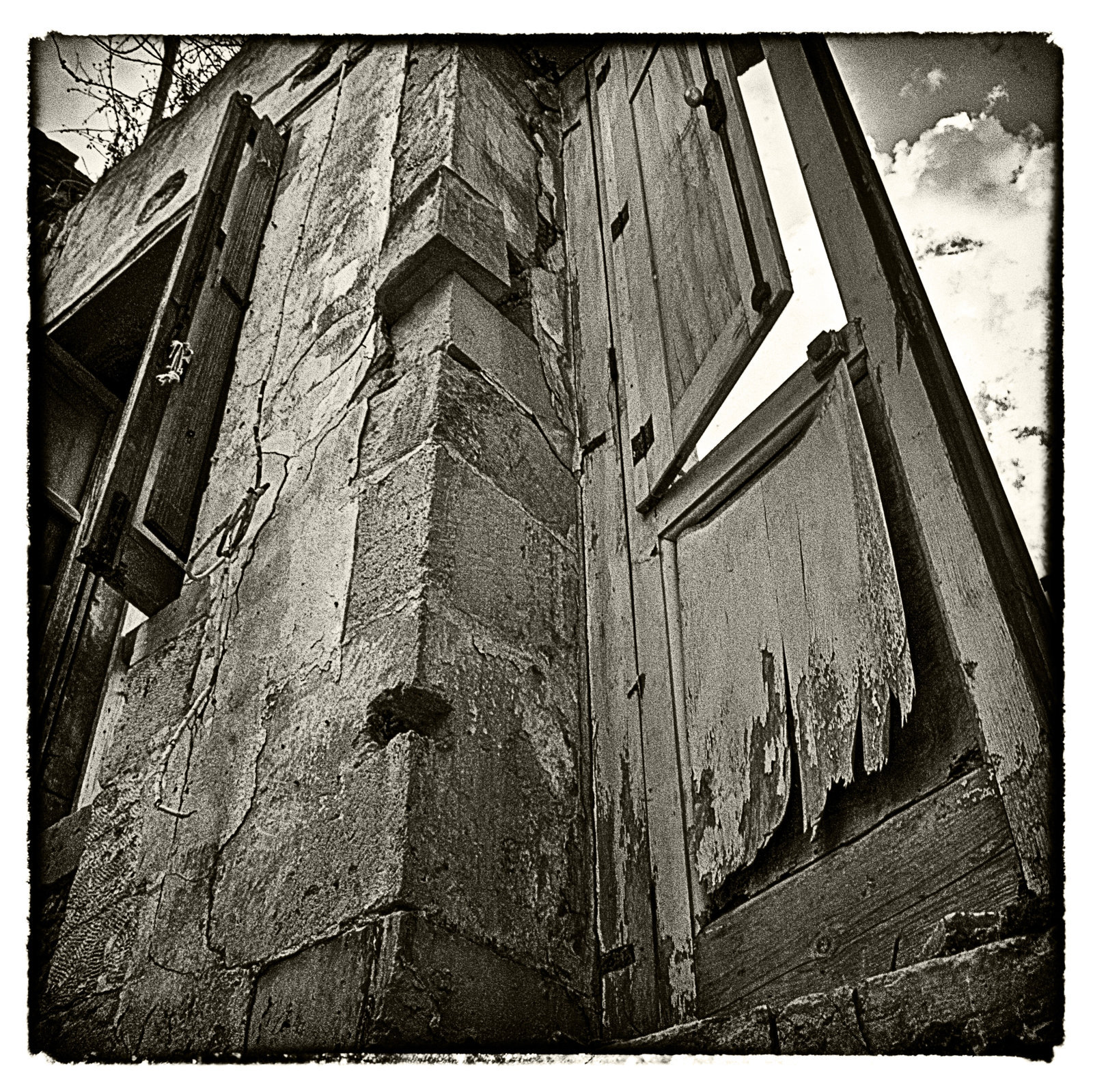Ortigia, the opulent island, gleaming with its churches, monasteries, and luxurious palaces, is a place where Sicilian Baroque displays its splendor. This is the Ortigia of tourists, who come from all corners of the world to admire its beauty. However, for those with the time and curiosity to stray from the main paths suggested by travel guides, another Ortigia reveals itself—less ostentatious but equally captivating.
This is the authentic Ortigia, home to ordinary people, fishermen, merchants, and artisans. A place where humble dwellings prevail, as the island offers no space for agriculture. Ortigia is an island of rocks and stones, with few green spaces. Yet, the desire for greenery persists, manifesting in small gardens created in makeshift containers that hold basil, aromatic plants, and a few ornamental plants struggling against the salt air and the scorching heat of Sicilian summers.
In the past, neighborhoods inhabited mainly by Arabs stood alongside those populated by Jews and Christians, creating a peaceful and tolerant ethnic mosaic. Each group managed to maintain its social and cultural identity in a spontaneous and chaotic urban setting. The houses were built with stones taken from the sea, limestone tuff, and mortar. Despite their simplicity, they often featured small, sometimes insignificant details of beauty that still endure today. Dammusi and “bassi” with high vaults, stone arches, and Baroque friezes reflected the skill of local artisans.
The alleys and courtyards served as social gathering points, where life was lived outdoors, under the shade of a fig tree or mulberry tree in summer, and by the warm walls in winter. These were places where children played under the watchful eyes of their mothers, where people discussed, sewed, embroidered, and where men found rest after a day’s work.
Living spaces were cramped, often housing entire families and animals in a few square meters. Noble palaces reserved their ground floors for stables and coach houses, while common folk shared spaces with animals out of necessity.
The Greeks, after landing on the island, built their first temples in honor of Apollo and Athena, but later preferred to expand inland, constructing their “neapolis” with government and entertainment buildings.
Le calamità naturali, come il terremoto degli anni ’90, e le crescenti esigenze abitative, unite a scelte politiche discutibili, hanno portato al progressivo spopolamento di questi quartieri, ora in degrado. Ovunque si vedono cartelli “vendesi” su muri e portoni abbandonati. La speculazione edilizia allontana sempre più i residenti originari, trasformando le case degli autentici ortigiani in case-vacanza per turisti, snaturando la bellezza e l’unicità dell’isola.
Il mio progetto fotografico cerca di catturare questa realtà in mutamento, con un approccio emotivo piuttosto che didascalico. Le immagini evocano un senso di vuoto e abbandono, percependo presenze umane antiche e ancestrali, non identificabili nei residenti attuali. Vegetazione stentata e lussureggiante che cresce tra le crepe dei muri antichi rappresenta una forza di resistenza e speranza.
Ogni immagine è stata elaborata per un aspetto vintage, tentando di rappresentare una realtà atemporale. Elementi moderni come scooter, condizionatori e fili elettrici tradiscono la loro contemporaneità, ma altrimenti potrebbero sembrare scatti di 50 anni fa, un recupero della memoria dei luoghi nel tempo.
Foto e testo di Afio Torrisi





















